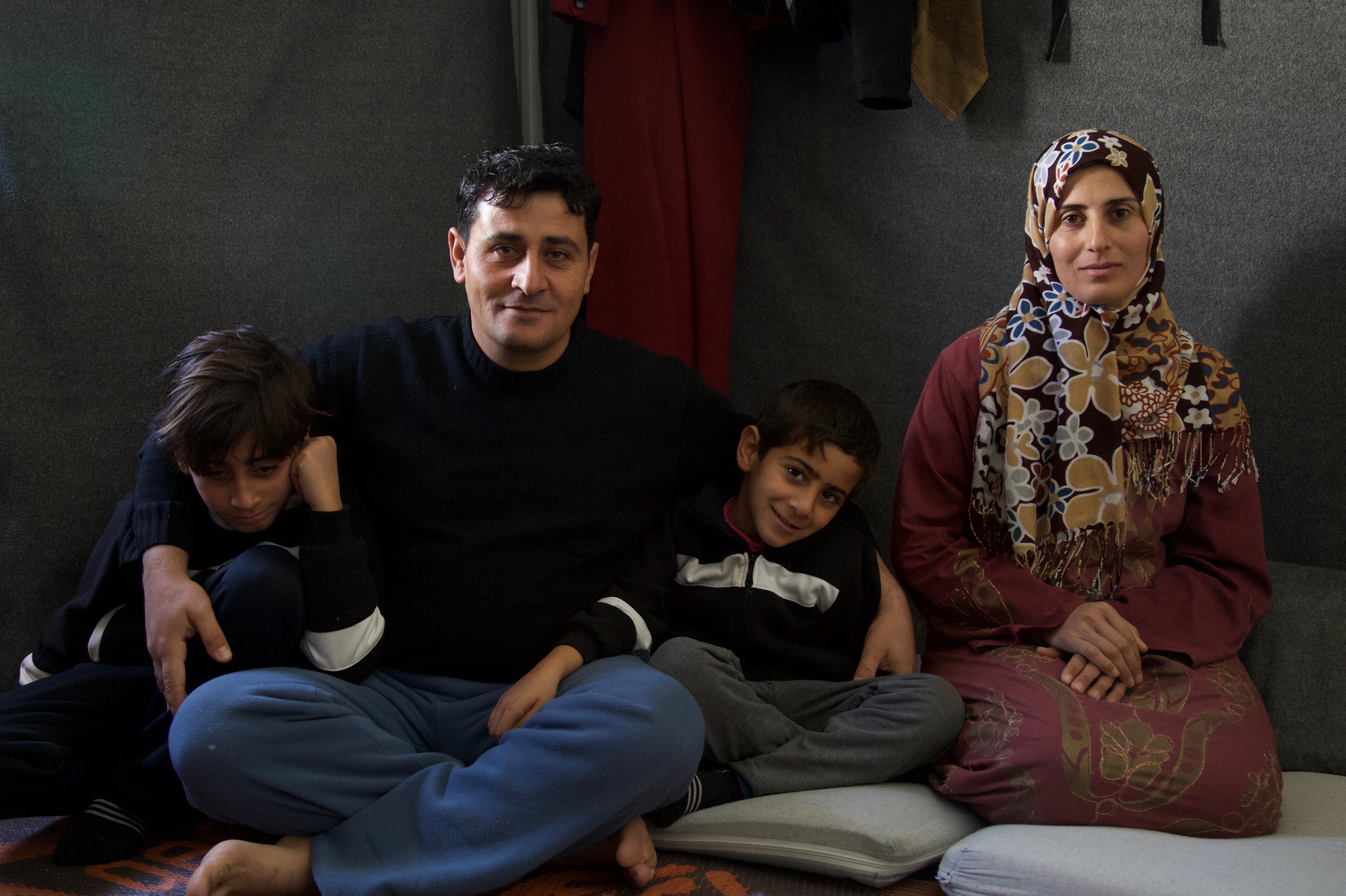Critical Incidents: Cultural Dimensions 1
Back to: Training Session: Critical Situations in Intercultural Contexts
In this lesson we would like to sum up the content of the entire course and connect it with practical cases of critical incidents in intercultural communication.
What is culture?
You remember the dimensions of culture introduced by Geert Hofstede? Some examples may show that differences referring to those dimensions can cause critical incidents in the interaction of persons from differing cultural backgrounds:
Example 1
You work with asylum seekers who live in a collective accommodation centre. Now some of them who already have jobs and good language skills have been granted a temporary residence permit, and they would like to move to decentralised apartments.

DFID – UK department for International Development, flickr
You have discussed this issue with a young Syrian family and offered support if they needed it. You also informed them about several ways of seeking for accommodation in your city.
After some weeks you meet the Syrian family again and ask what they have done for finding an apartment. The man looks at you in a surprised manner and replies: You did not tell us that we should do anything. We were waiting for you to find us an accommodation.